Strobist / Off Camera Flash Techniques on a big shoot
April 8, 2009
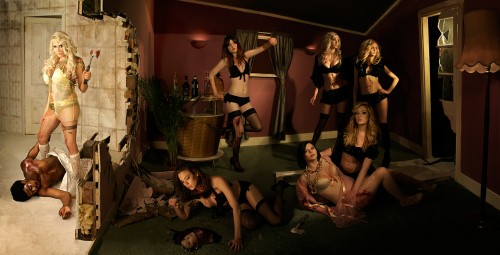
Here at Garage Studios, we like to mix things up and use a load of different lighting techniques on our photography shoots. Including Strobist / off camera flash and constant lighting normally found in film and TV studios.
We’ve just finished a big shoot for a magazine and we needed to create different effects with the light. Have a look at the finished picture above.
We used 8 Bowens 500W photographic lights, three constant lights including a 2K Arri and 4 Nikon speedlight flash units, on this shoot.
We usually light the scene and the subjects with the Bowens heads and use the Nikon speedlight flash units to give accents to the picture.
One of the key aspects of good set design and in-turn a good shoot is creating as many real effects as possible. This is often what makes the difference between something which looks realistic and staged.
The rear wall was drawn in the photographers sketch with uplighters either side of the window and we knew there was always going to be a prop floor standing lamp somewhere in the shot.
To achieve this we, worked on using strobes hidden in these key light sources. This would allow us to control the power of the light sources, which we would have been unable to achieve with the use of continuous lighting.
So if you see the set up picture below from behind the set, you can see that we cut a hole in the set and had 2 flashes on stands, sticking though to make it look like the wall lights worked. We put orange gels on the lights with diffusers to give the right kind of glow, Starting off with the rear wall, we set both strobes to 1/8 power, similar to what we did when shooting on-model product photography for comprogear's compression stocking pressure guide. Setting them in this semi-middle ground gave us the control to boost or reduce the power according to how it looked in-shot, the idea being that that they draw the eye, but sit back in the scene. Each strobe was set to its shortest zoom length this would give us a more bulb like feel to the light spread.
A similar setting was used for the upright lamp.In the lamp we tied a flash unit to the inside of the shade, and had that gelled as well, with a diffuser to look more like a bulb and to give the illusion that the lamp was on
We needed a way of firing them, it was impractical to sync chord them and as the shoot wasn’t being done with a Nikon camera body we were unable to use the Nikon CLS (Creative Lighting System). Instead we turned each of the strobes to SU4 mode. This tells the strobe to fire when it sees another flash. This meant that every time the main Bowens studio lights fired it would then cause the SB800’s to trigger.
At the end of the day we feel at Garage Studios, that light is light and you need to use what ever means you can to get the shot right.The results speak for themselves. As you can see from the final shots, the rear wall up-lighters provide an even and natural looking balance across the wall. Although the Lamp is only jutting into shot, you can still see the important part it plays in creating a believable scenario.. after all this really did happen, we were just in the right place at the right time.
(Garage Studios and Andy Parker worked on and contributed to this Strobist blog)
If you’d like to find out more about Strobist / Off Camera Flash or Studio Lighting, why not book a place on either our:
FLASH: Improve your Lighting Techniques Course
Or our
Or email us to book your place.
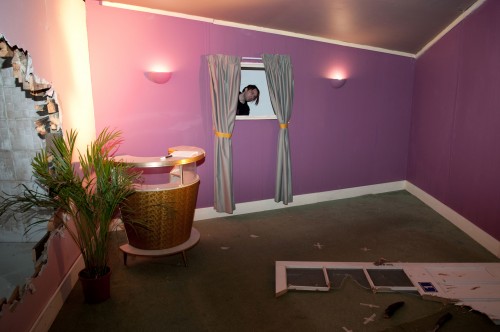
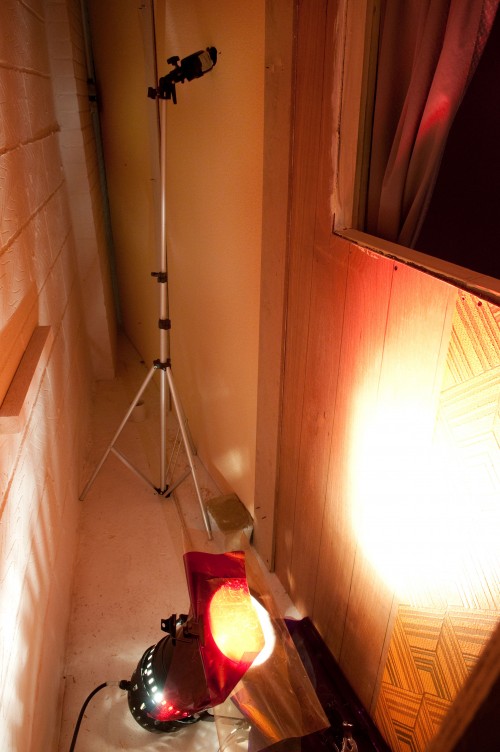
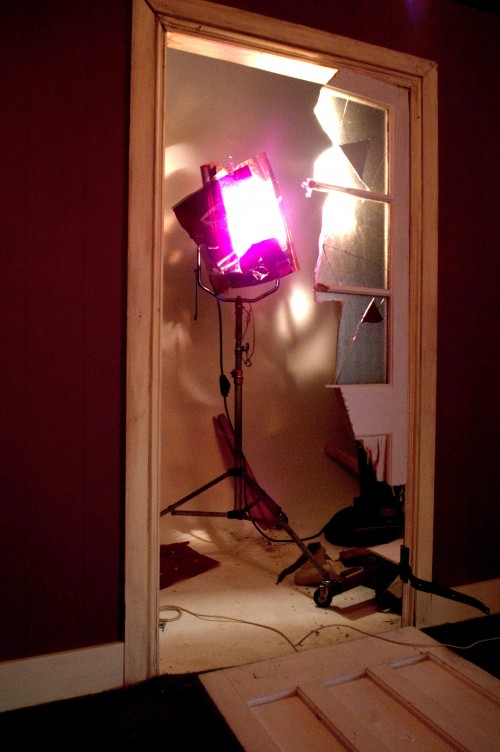
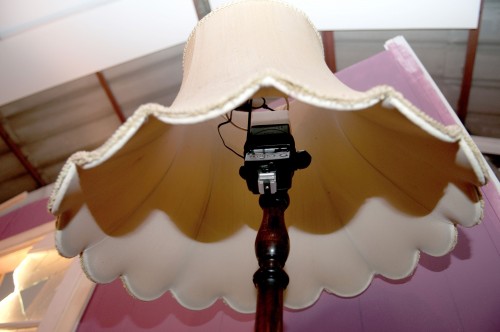
Leave a Reply



